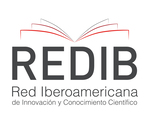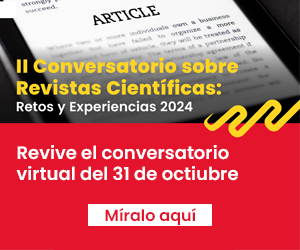Accidentes y lesiones en estudiantes de Medicina Veterinaria y Zootecnia en una Universidad de Lima–Perú
DOI:
https://doi.org/10.20453/stv.v4i1.3081Resumen
The aim of this study was to identify and to quantify the students’ opinion about accidents and injuries produced during their studies at the Faculty of Veterinary Medicine from the Universidad Peruana Cayetano Heredia, Lima Peru. A survey incorporating demographic data (age, gender and year of study), accidents (with instrumental, equipment, and animals), chemicals, musculoskeletal injuries (causes and anatomic region affected), and biosafety was conducted in classrooms. The results were analyzed through descriptive statistics (frequency tables and measures of central tendency and dispersion) and inferential (Chi Squared). 222 surveys of students from first to fifth year were collected, the average age was 19.6 years and female were in the majority (69.4%). 48.7 % of those surveyed had suffered some type of accident by instruments, equipment or animals; the most common were cuts and injections, association between the occurrence of accidents and year of study was noted (p=0.017). 32% was exposed to chemistry substances, mainly formaldehyde. 82.9% mentioned having suffered musculoskeletal injuries and the most common were spinal and neck pain. 29.7% of the students mentioned had been exposed to X Rays, 65.2% used thyroid collar and lead apron. The most used biosafety devices were aprons (96.4%), gloves (90.1%) and boots (77.9%). Only 20.7% of the surveyed had been vaccinated against rabies and between them 32.6% got post exposure vaccination. In conclusion, the students of veterinary medicine are exposed to a wide variety of occupational accidents and it is important to minimized them and look out the biosafety norms.
Descargas
Descargas
Publicado
Cómo citar
Número
Sección
Licencia
Todos los artículos publicados en la Salud y Tecnología Veterinaria están protegidos por una una licencia Creative Commons Reconocimiento 4.0 Internacional.
Los autores conservan los derechos de autor y ceden a la revista el derecho de primera publicación, con el trabajo registrado con la Licencia de Creative Commons, que permite a terceros utilizar lo publicado siempre que mencionen la autoría del trabajo, y a la primera publicación en esta revista.
Los autores pueden realizar otros acuerdos contraactuales independientes y adicionales para la distribución no exclusiva de la versión publicada en esta revista, siempre que indiquen claramente que el trabajo se publicó en esta revista.
Los autores pueden archivar en el repositorio de su institución:
El trabajo de investigación o tesis de grado del que deriva el artículo publicado.
La versión posterior a la impresión: versión final después de la revisión por pares.












